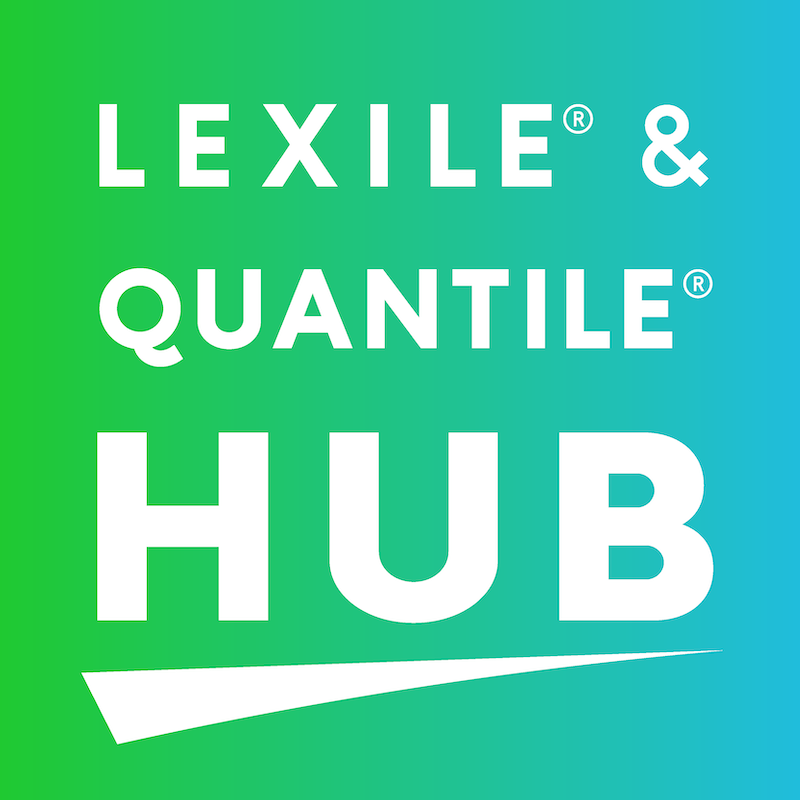 Welcome to the Reading Research Recap!
Welcome to the Reading Research Recap!
I am Dr. Neena Saha, Research Advisor at MetaMetrics. My focus is bridging the research-practice gap so that you can access useful resources that support reading success, expand awareness of the latest reading research, and inform your teaching and learning strategies. This monthly compendium offers the most relevant and must-read research impacting the reading and learning landscape, including easy-to-view digestible highlights. We want the data and findings to be as useful to you as possible, so please do connect with me with any ideas and comments for next month. Enjoy the latest Reading Research Recap!
📚 Deep Dive: Brief Experimental Analysis and Data-Based Individualization
🎉Happy New Year!☃️🥂
I ended last year with 2 studies that were large in scope so to start the new year I want to zoom in and cover this study which only had one subject!
Rationale:
Why would I cover a study with a single student?
Sometimes you have students that you’ve tried everything with and nothing seems to work! This article talks about a data-based method of gathering information to find a successful intervention. It is called Brief Experimental Analysis.
Brief Experimental Analysis
Implementing interventions is time and resource-intensive and ideally, you would want to know it will be successful before you spend all the time and money implementing one.
Brief experimental analysis (BEA) allows you to quickly test several interventions by “…manipulating environmental or instructional conditions to implement interventions and test their immediate impact on important outcomes (Riley-Tillman et al., 2020).”
Research Question & Sample
Which intervention:
- story mapping,
- reinforcement + corrective feedback, or
- comprehension prompts
Improved the reading comprehension of an 8th-grade male student performing below grade-level expectations in reading?
Method
The researcher combined Daly et al. (1997) 5 potential reasons for student failure with brief experimental analysis (BEA)
Results
The “reinforcement + corrective feedback” turned out to be the best intervention (i.e., it led to the best outcomes on the comprehension questions):
“Reinforcement plus feedback had the highest mean score (M = 86%), indicating that using reinforcement and feedback led to the student scoring above 80% correct on average.”
“The results suggested that reinforcement plus feedback was the most effective intervention in increasing levels of reading comprehension.”
Side Note: Given the design, the researchers are unable to know whether it was the corrective feedback or the reinforcement (providing a reward after the session) that was the driving force or “active ingredient.”
Limitations
The paper mentions quite a few limitations (that I suggest reading before implementing a similar study). One limitation was the time of day that the intervention sessions took place. The student was noticeably more tired during the early morning sessions, which could have affected the results.
Take-Home Message
Brief Experimental Analysis (BEA) is a way to conduct data-based individualization (DBI) for readers in an MTSS system! Be sure to read the paper to get all the details!
Teacher Professional Development, Training, Education Policy
- Advancing the Science of Teaching Reading: Introduction to the Special Issue (open access!)
- Improving how teachers discuss data for data-based decision-making (open access!)
- Making the Data Visible: A Systematic Review of Systems-Level Data Dashboards for Leadership and Policy in Education
- Special Educators’ Knowledge of Foundational Reading Skills: A Review of the Literature
- Kindergarten Teachers’ Experiences on Strategies to Increase Children’s Phonological Awareness and Phonics Skills in Kindergarten (Dissertation, not yet peer-reviewed)
- Principals’ and Teachers’ Perceptions of Family Socioeconomic Status and Its Influence on the Reading Achievement of Elementary Students in Title I Schools (Dissertation, not yet peer-reviewed)
- Identifying sources of preservice teachers’ dyslexia knowledge to guide teacher education
Learning Disabilities, Dyslexia, Reading Difficulties, At-risk Readers, Etc.
- Teaching Emerging Bilingual Students With a Reading Disability
- Experienced Protective Factors While Growing up With Reading Disability
- Let’s CHAT About Artificial Intelligence for Students With Disabilities: A Systematic Literature Review and Meta-Analysis (open access!)
- Learning to Read and Developmental Dyslexia in Hebrew
- What Works for Reading Interventions in Chinese Children at Risk for Reading Difficulties? A Systematic Review and Meta-analysis of Findings in Recent Three Decades
- A Digital App to Aid Detection, Monitoring, and Management of Dyslexia in Young Children (DIMMAND): Protocol for a Digital Health and Education Solution
- A Serious Game to Train Rhythmic Abilities in Children With Dyslexia: Feasibility and Usability Study (open access!)
- Learning to Read and Developmental Dyslexia in Hebrew (open access!)
- Validation and Reliability of the Dyslexia Adult Checklist in Screening for Dyslexia (open access!)
- Non-verbal skills in auditory word processing: implications for typical and dyslexic readers
- A decade of white matter connectivity studies in developmental dyslexia
Phonics, Word Recognition, Morphology, Etc.
- A Best-Evidence Synthesis and Meta-analysis on Effective Reading Programs in Spanish (open access!)
- Trajectories of language development, cognitive flexibility and phoneme awareness knowledge in early childhood
- Tablet-Based Apps for Phonics and Phonological Awareness: Protocol for Evidence-Based Appraisal of Content, Quality, and Usability
- Can Older Pupils, Who Do Not Present as Struggling Readers, Improve Their Basic Decoding Skills Through Systematic Phonics Instruction and What Effect Does This Have on Their Reading Fluency and Comprehension?
- Bridging the gap across research and practice: The science of reading in contexts
- Impacts of a Teacher-Delivered Reading Intervention on Word-Level Fluency for Early Elementary Students at Risk for Reading Difficulties
- Computer-assisted morphology training of reading with grade 2 and grade 3 poor readers (open access)
- Examining the Effects of Children’s Word Specific Phonological Awareness on Word Reading Accuracy within a Lexical Quality Theoretical Framework (Dissertation, not yet peer-reviewed)
Fluency
- Complex text and fluency: Evaluating the read like us protocol with third and fourth-grade students
- Analyzing the Effects of a Repeated Reading Intervention on Reading Fluency With Generalized Linear Mixed Models
- LitFit: A Motivated Literacy Program to Develop Rural Self-Disciplined Male High School Readers (Dissertation, not yet peer-reviewed)
Comprehension
- Improving Students’ Reading Comprehension Performance in Elementary Schools: The Impact of Various Multimedia Animation Types
- Effect of the Self-Determination Learning Model of Instruction on Reading Comprehension and Self-Determination Skills of Students With Learning Disabilities
- Measuring Reading Comprehension Processes of Students With and Without Reading Difficulties Through Eye Movement
- Factors Affecting the Difficulty of a Narrative
- Interactions Among Text Formats and Reading Processes in Young Learners’ L1 Reading Literacy
- Are Adolescents with a Wider Vocabulary Faster at Inference Making During Reading? Evidence from Self-Paced Reading
- Media multitasking reading habits are negatively associated to text comprehension and metacomprehension
- Feasibility, Enjoyment, and Language Comprehension Impact of a Tablet- and GameFlow-Based Story-Listening Game for Kindergarteners: Methodological and Mixed Methods Study
- Examination of the Relationship Between Teachers’ Emotional Exhaustion and Students’ Reading Comprehension and Achievement Emotions (open access!)
- The Impact of Metaphors on Academic Text Comprehension: The Case of Students With Dyslexia
Writing
- Understanding Preschool Educators’ Writing Knowledge: Insights from the Early Writing Knowledge Assessment (open access!)
- Supporting Teachers’ Data-Based Individualization of Early Writing Instruction: An Efficacy Trial

Want to start receiving monthly notifications for this series?
Create or log in to your Lexile® & Quantile® Hub account. Once logged in, navigate to your account to update your mailing list preferences.
 Speaking of the Lexile & Quantile Hub — Exciting news!
Speaking of the Lexile & Quantile Hub — Exciting news!
A completely new version of the Lexile & Quantile Hub is here! The redesign features a streamlined user experience and enhanced accessibility to support a range of abilities.

